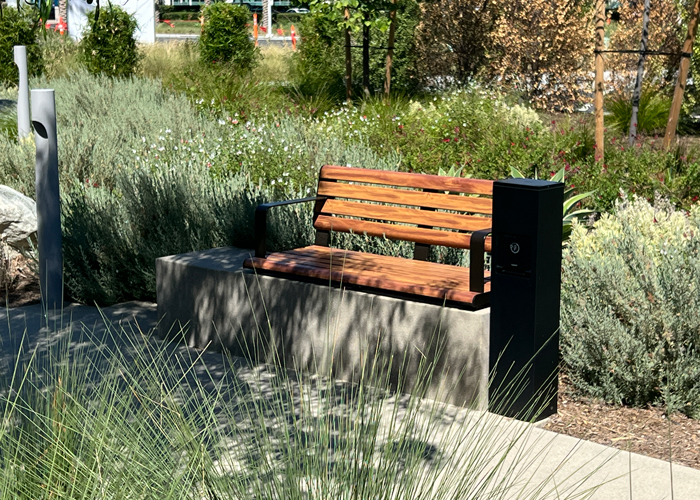How do we design effective therapeutic gardens for hospital care? And Wallpaper takes a tour of Belgium's new Marche Arboretum, a new plant 'museum' many years in the making.
- Products
- New Releases
- All New Releases
- ChillOUT Tree
- Linea Bar Table
- Linea Bench
- Linea Bicycle Stand
- Linea Bin
- Linea Bollard
- Linea Cube
- Linea Curved Bench
- Linea Curved Lookout Table
- Linea Curved Seat
- Linea Long Communal Table
- Linea Lookout Bar Table
- Linea Lookout Table
- Linea Planter
- Linea Platform
- Linea Seat
- Linea Sun Lounge
- Linea Table
- Piatto Bar Stool
- Piatto Chair
- Piatto Coffee Table
- Piatto Love Seat
- Piatto Stool
- Piatto Table
- VT Bench
- VT Curved Bench
- VT Curved Seat
- VT Seat
- Seats
- Benches
- All Benches
- Aero Leaning Rail
- Aria Bench
- Cafe Stool
- Classic Galleria Bench
- Classic Galleria Slim Bench
- Classic Plaza Bench
- Classic Plaza Platform
- Linea Bench
- Linea Cube
- Linea Curved Bench
- Linea Platform
- Mall Bench
- Mall Curved Slim Bench
- Mall Platform
- Mall Slim Bench
- Park Bench
- Park Slim Bench
- Piatto Bar Stool
- Piatto Stool
- VT Bench
- VT Curved Bench
- Tables
- All Tables
- Aria Long Communal Table
- Aria Lookout Table
- Aria Table
- Cafe Table
- Classic Galleria Table
- Classic Plaza Platform
- Classic Plaza Table
- Linea Bar Table
- Linea Curved Lookout Table
- Linea Long Communal Table
- Linea Lookout Bar Table
- Linea Lookout Table
- Linea Platform
- Linea Table
- Mall Platform
- Mall Table
- Park Table
- Piatto Coffee Table
- Piatto Table
- Shade Structures
- Litter Solutions
- Bollards
- Drinking Fountains
- Bicycle Parking
- Planters and Tree Surrounds
- Parts and Accessories
- Colour Chart
- New Releases
- Projects
- Climate Action
- StreetChat
- About
- Contact



